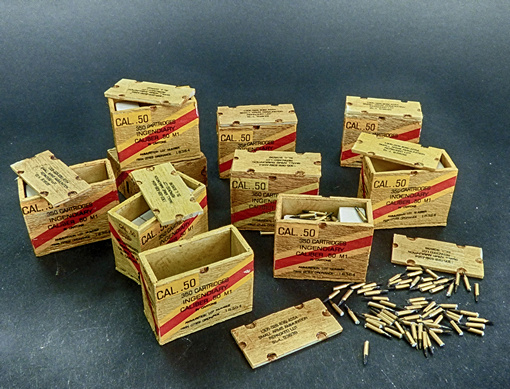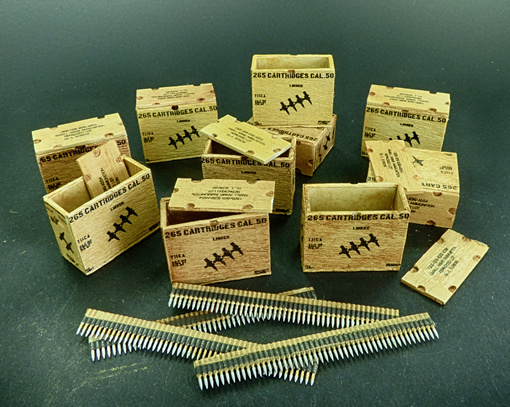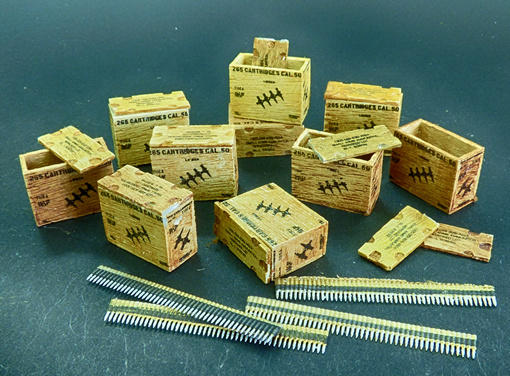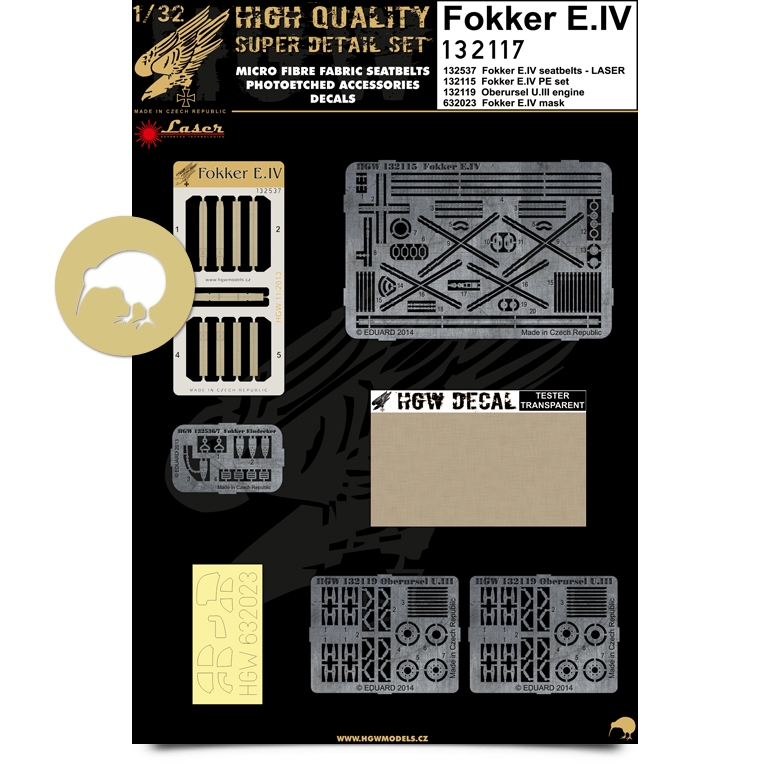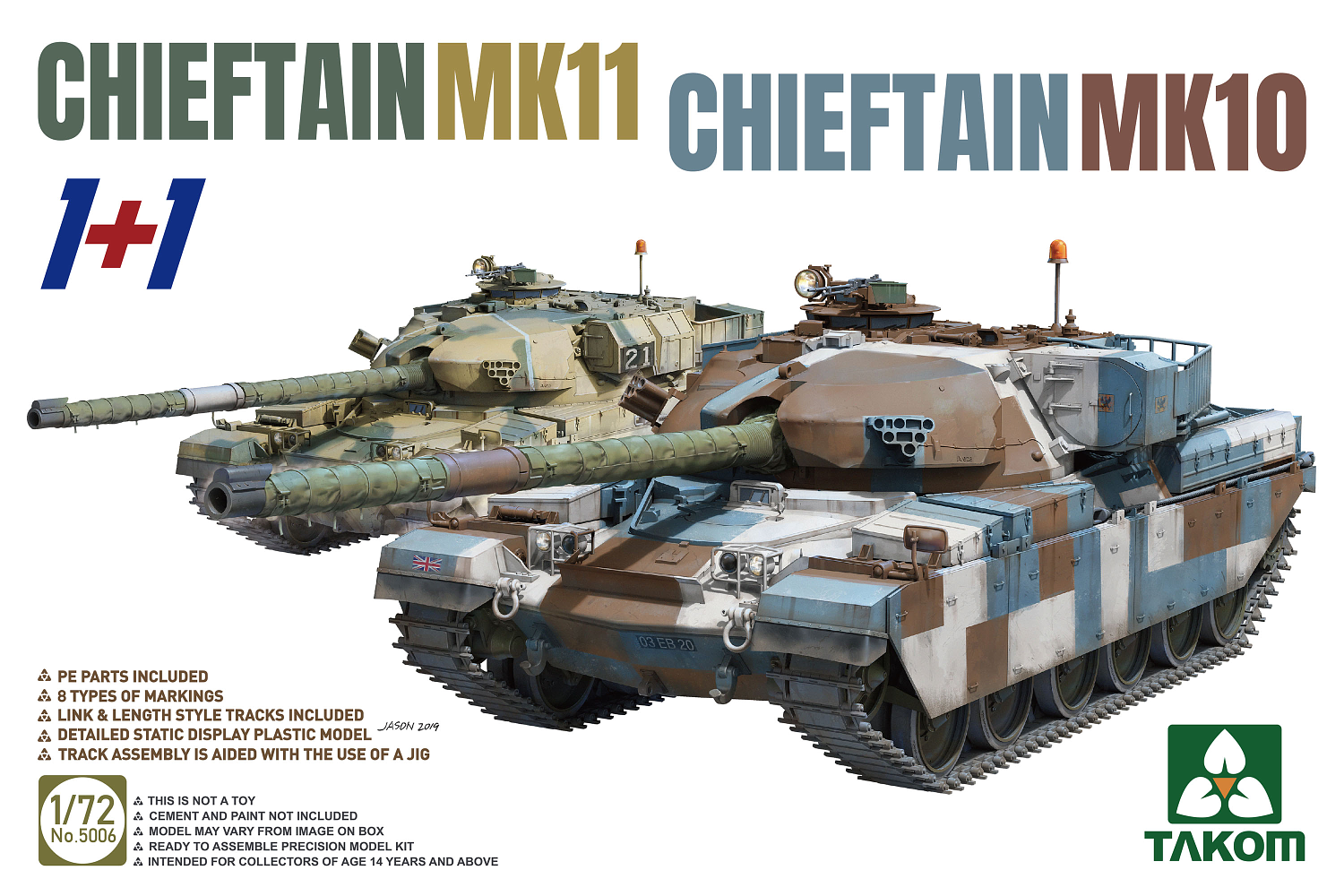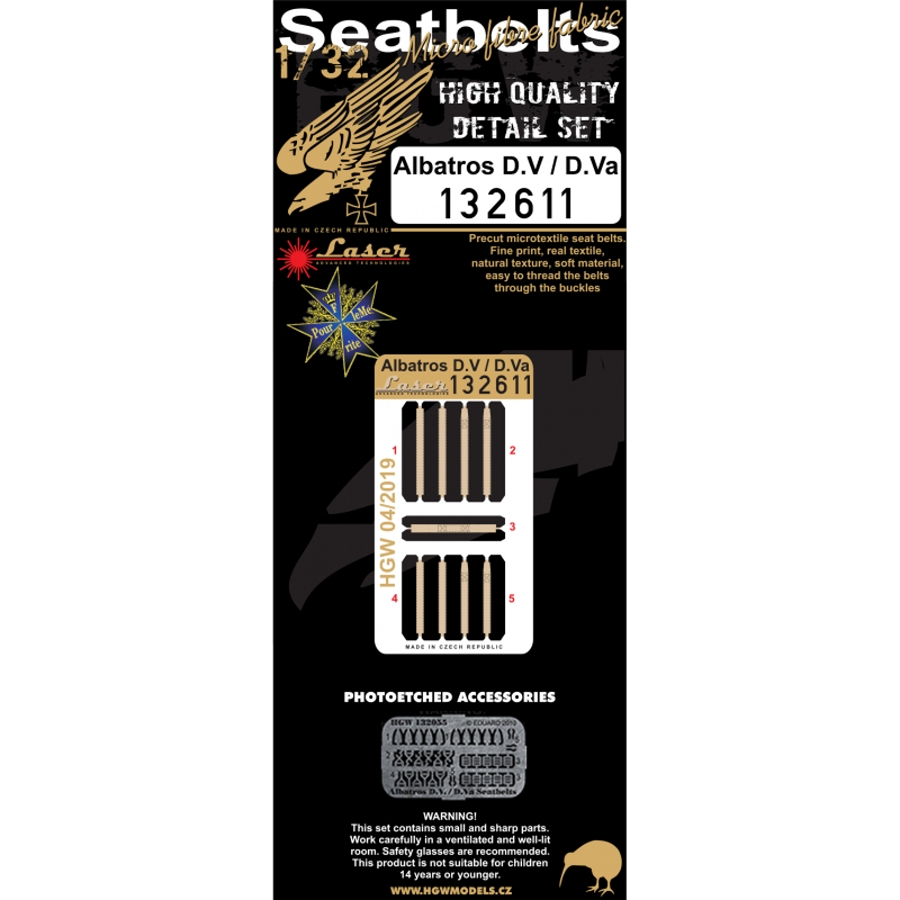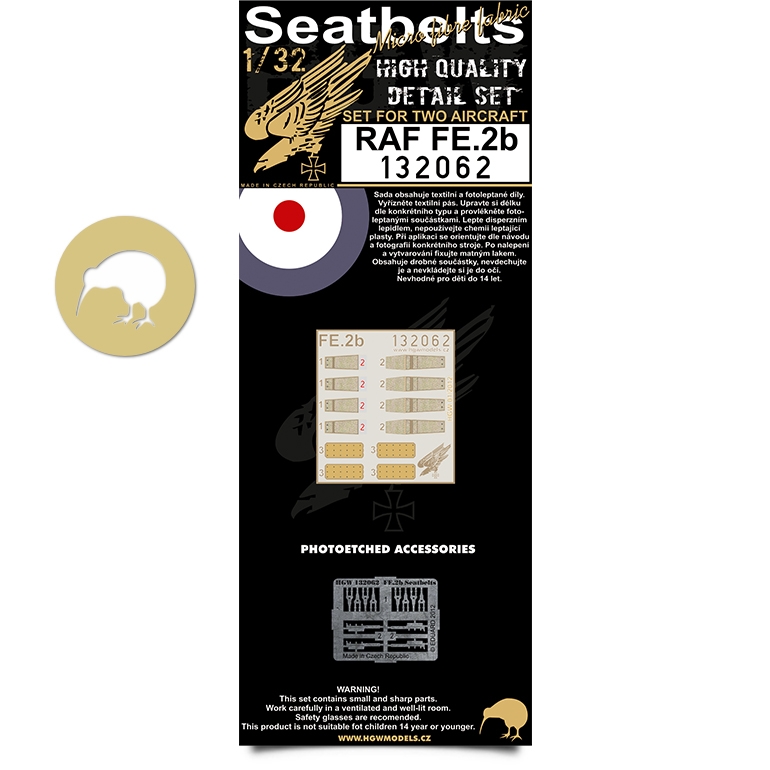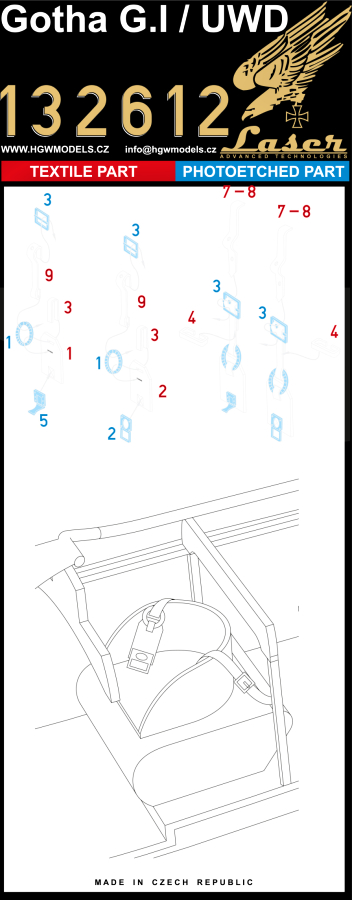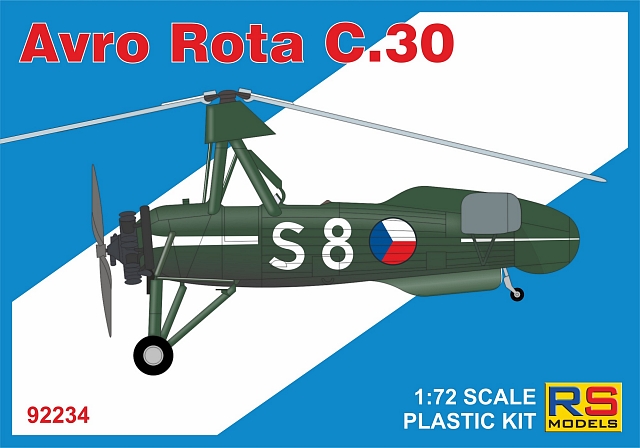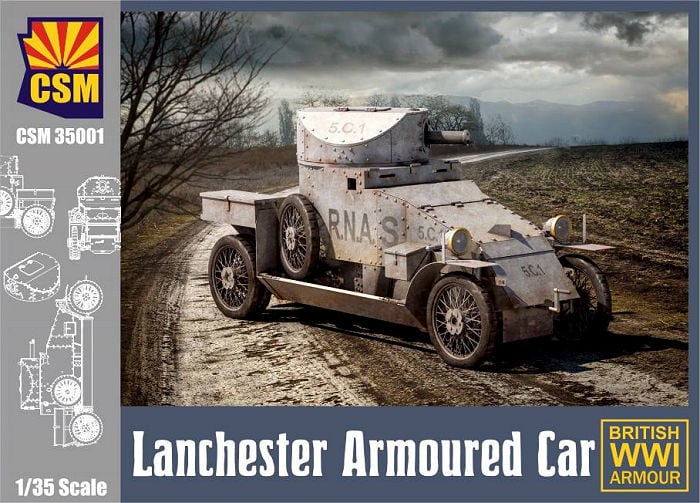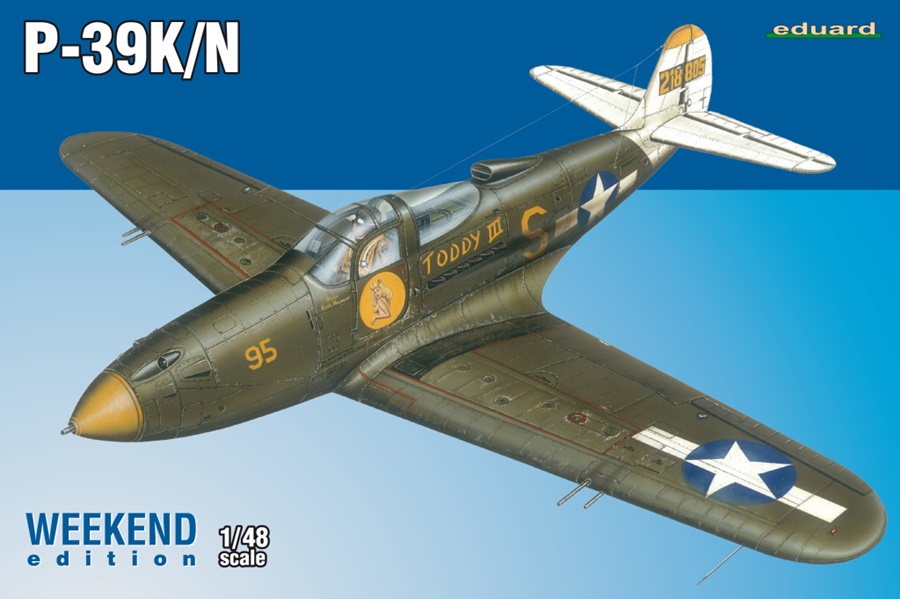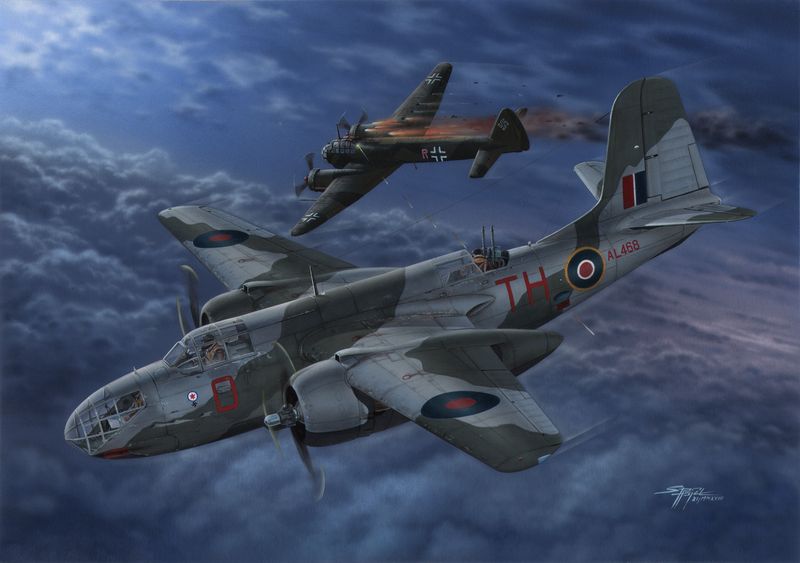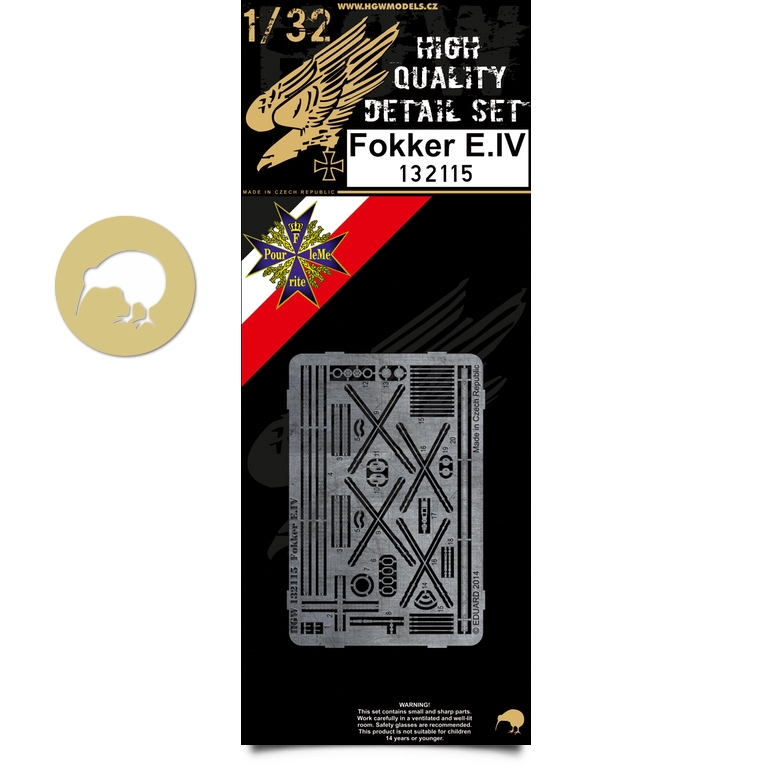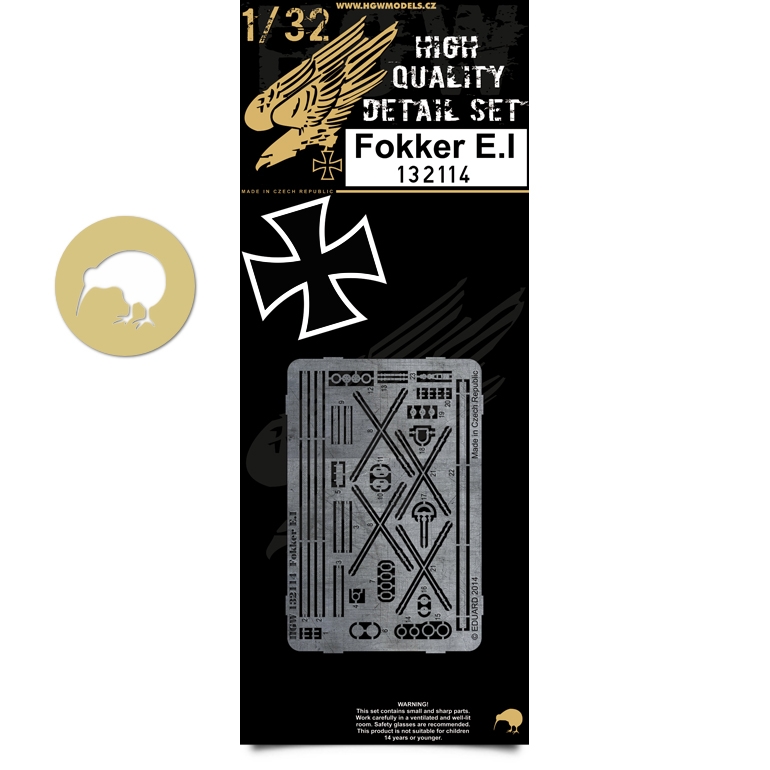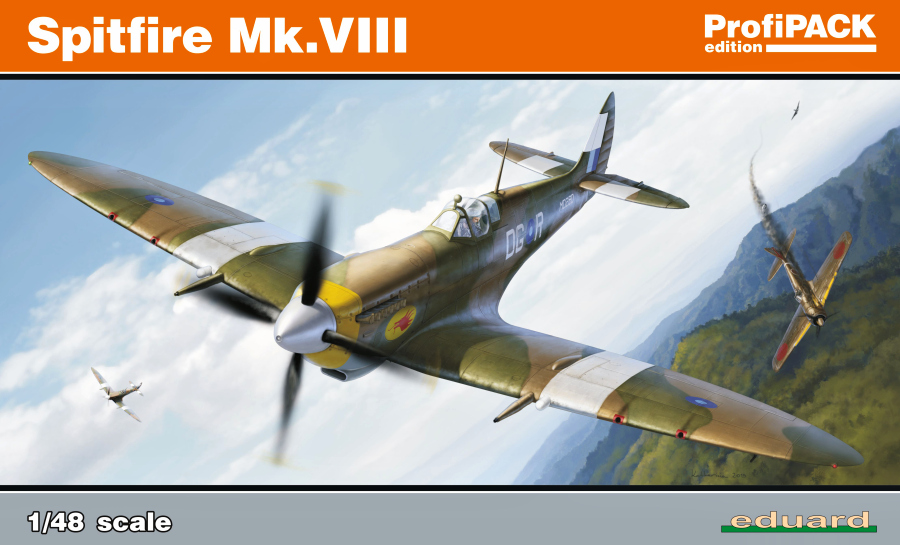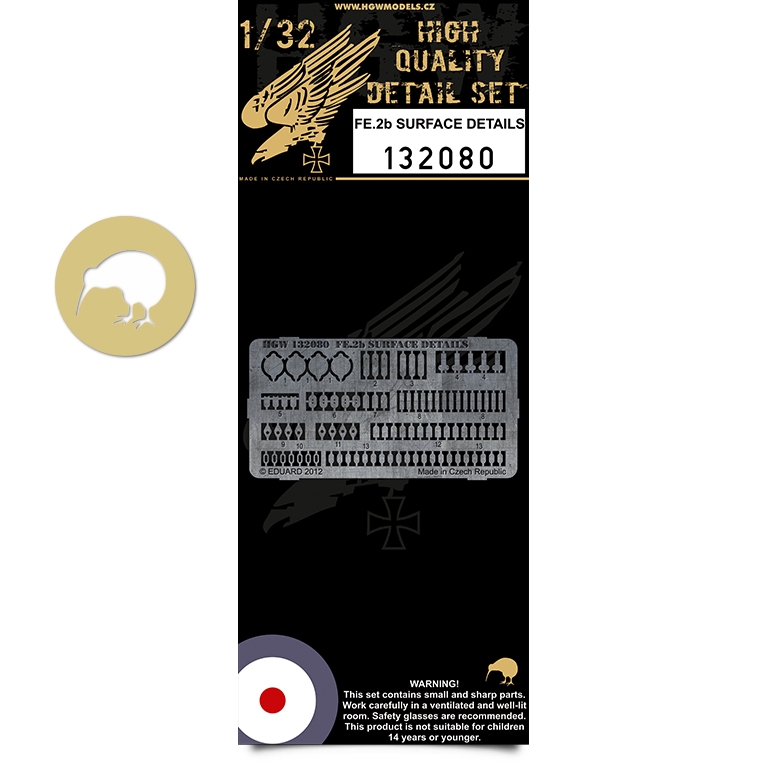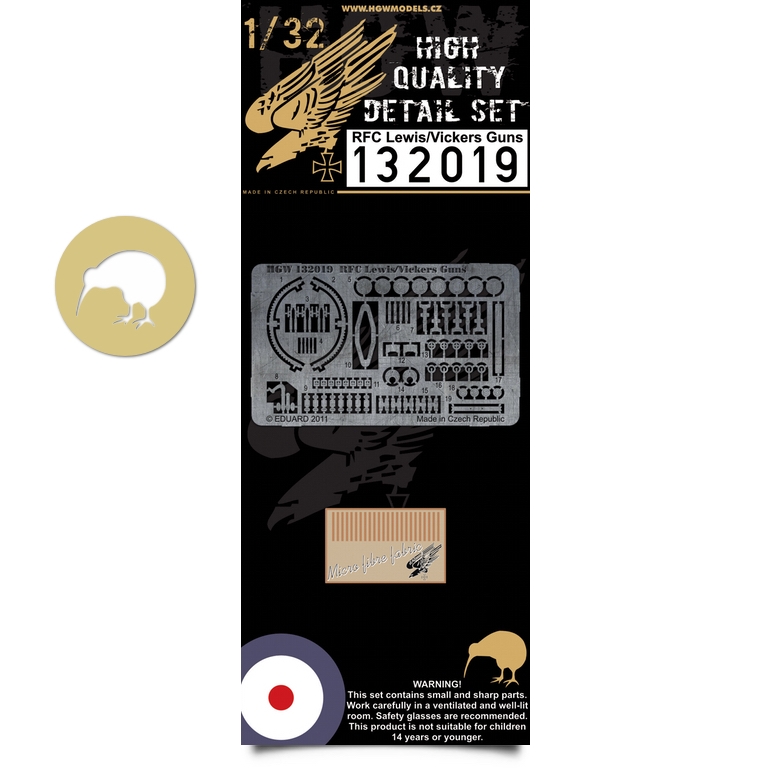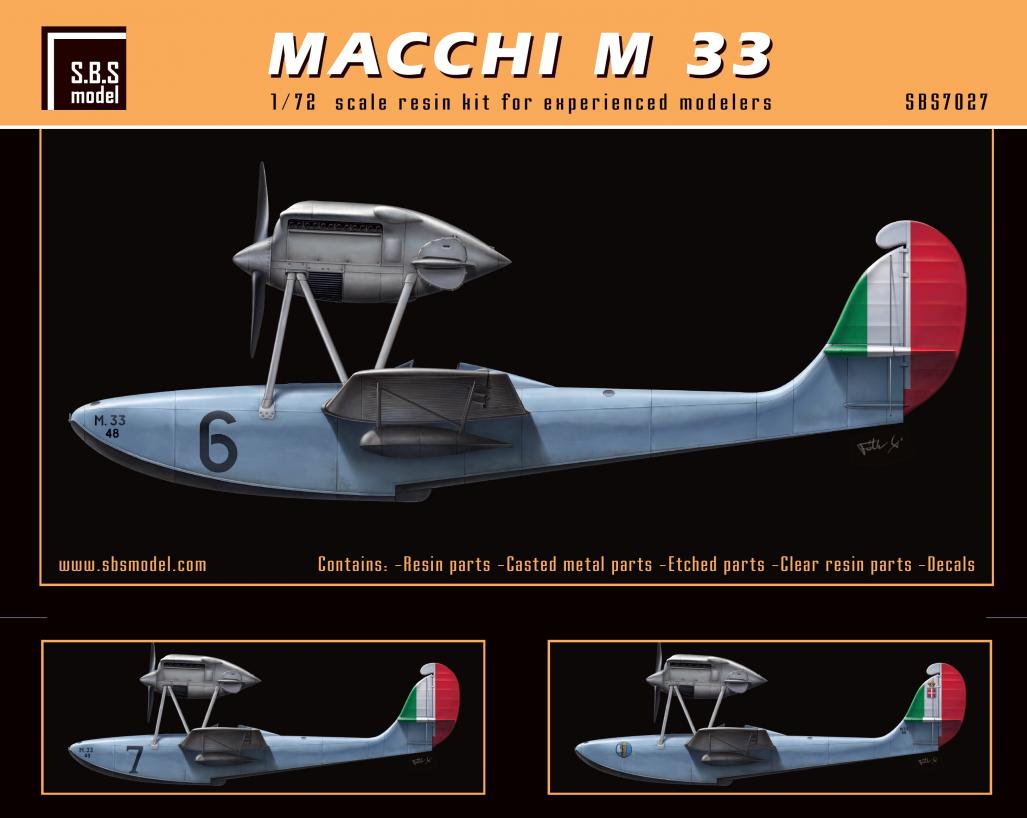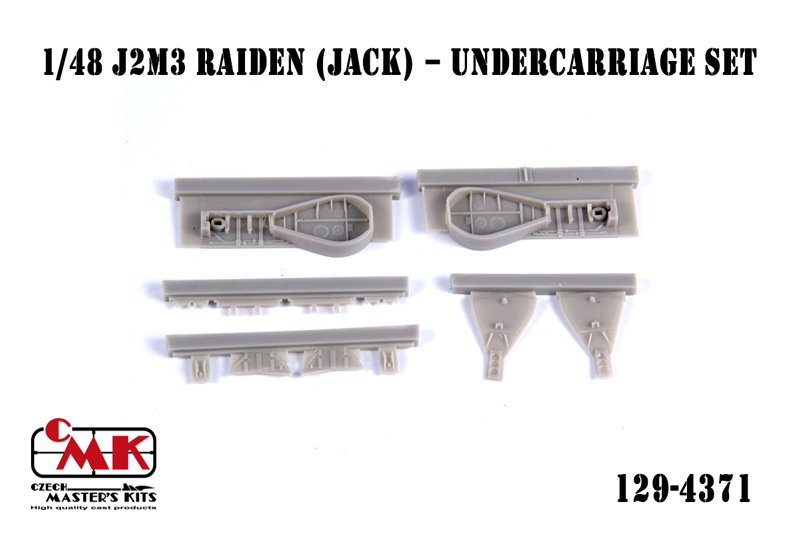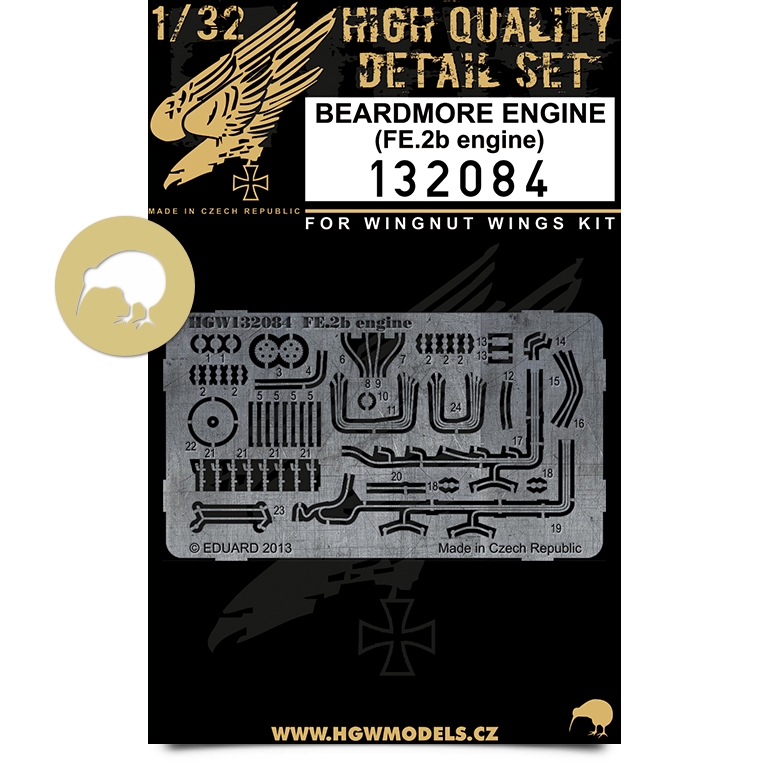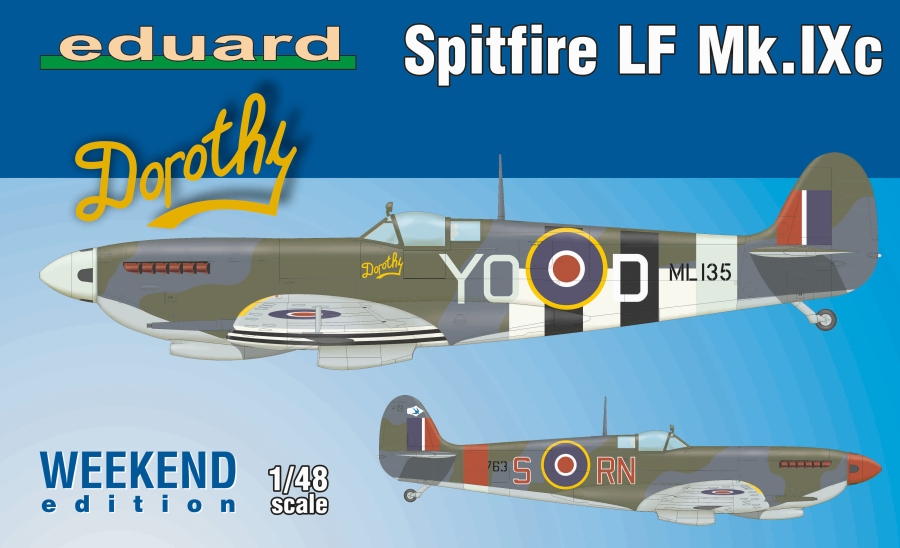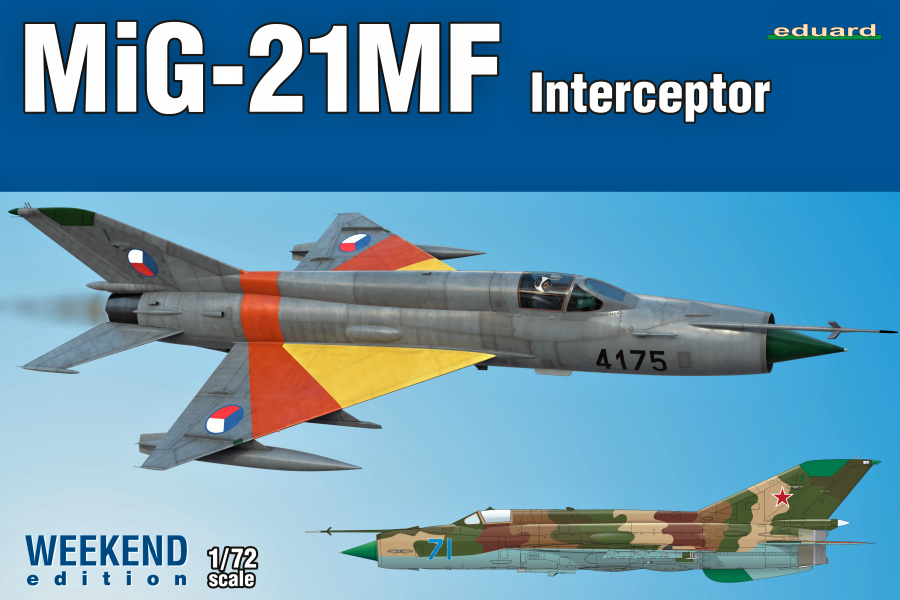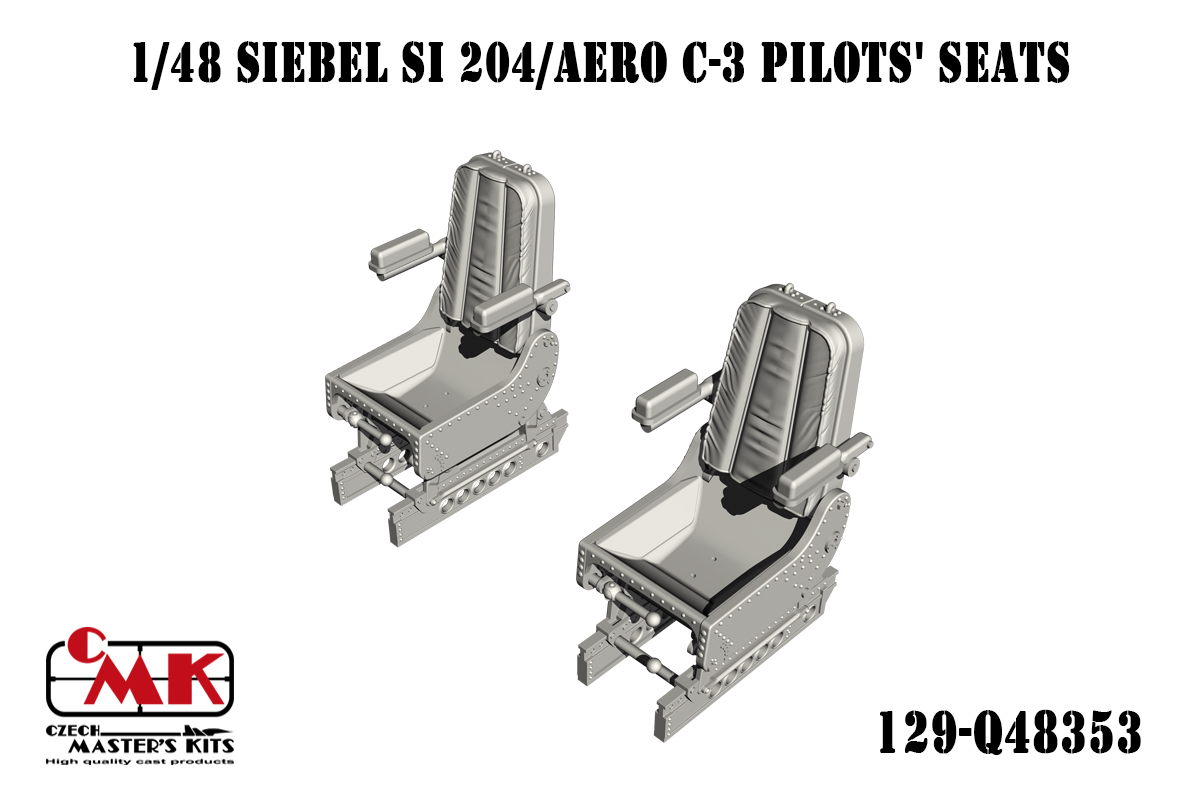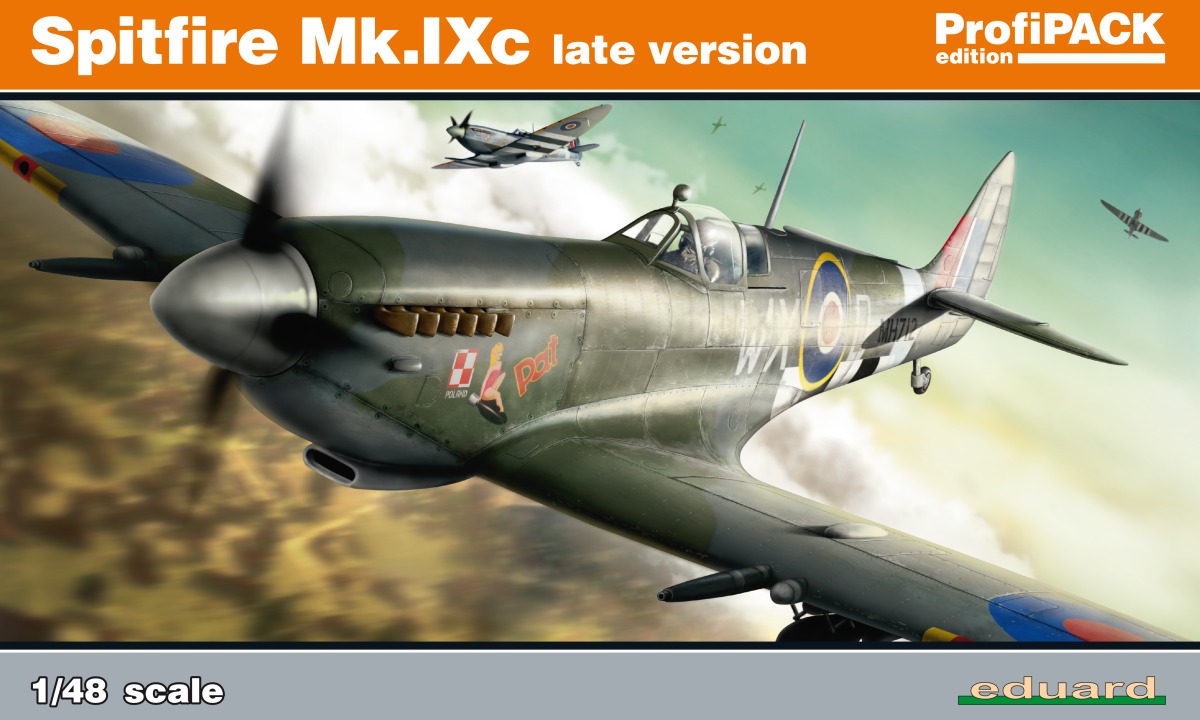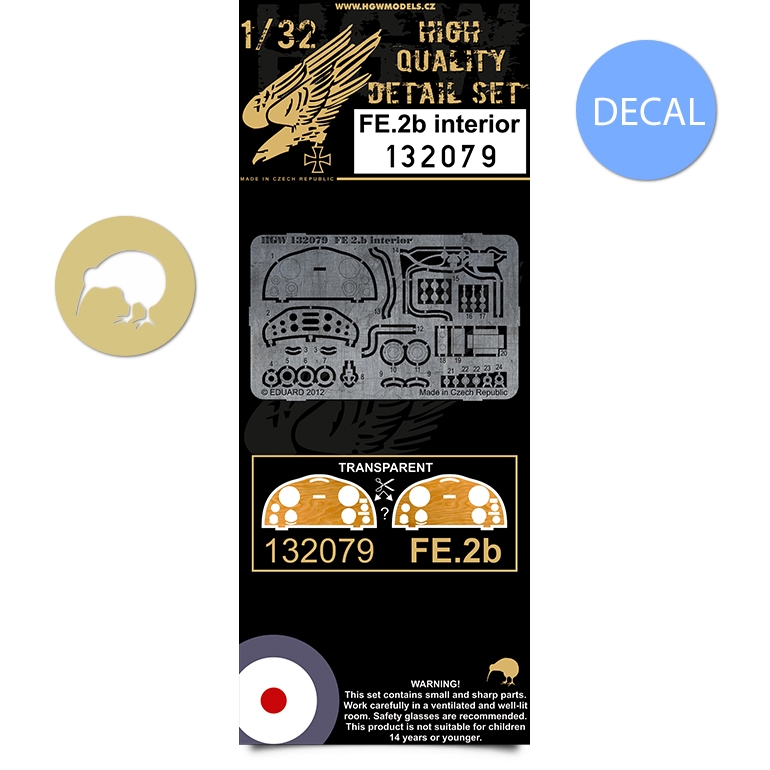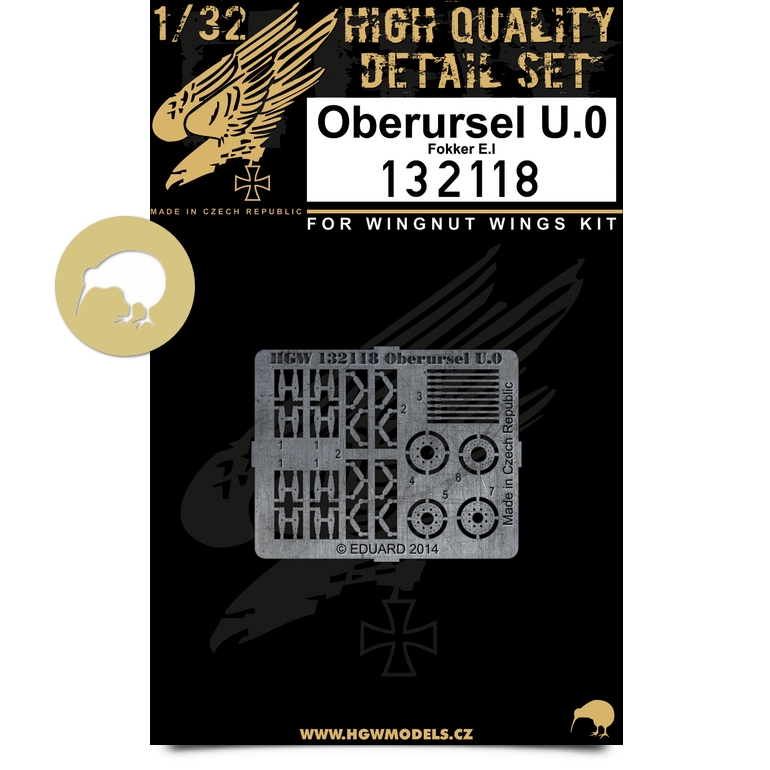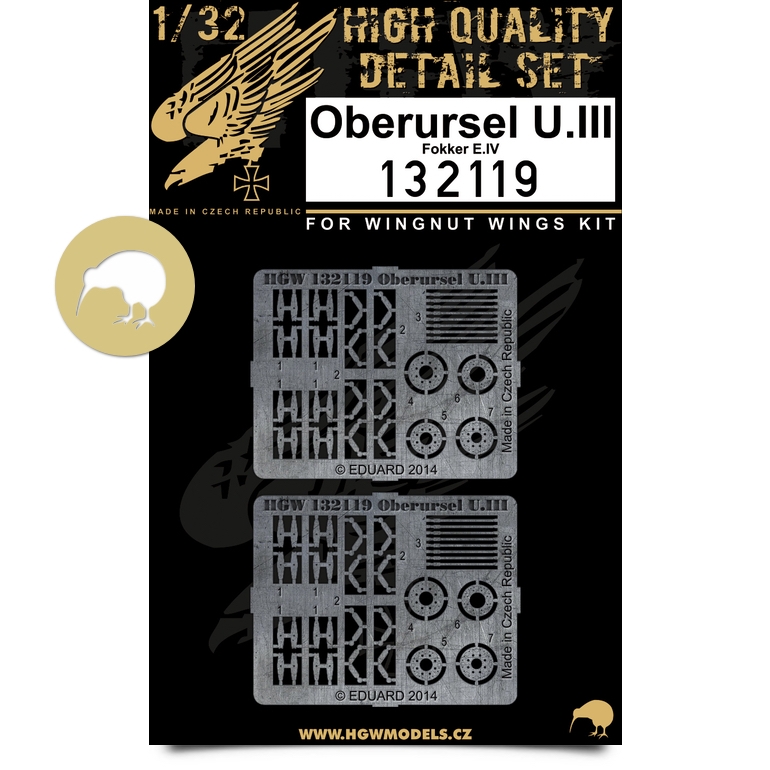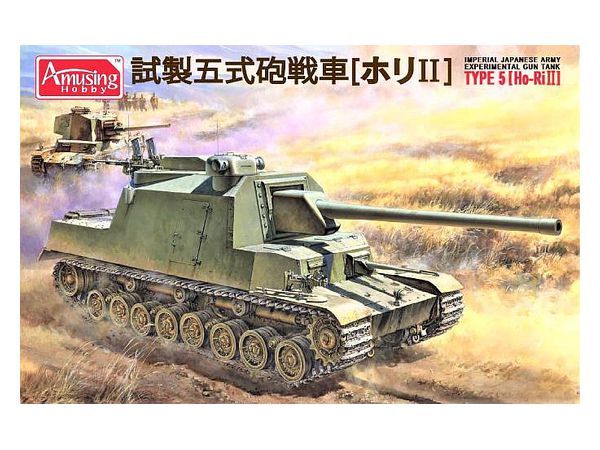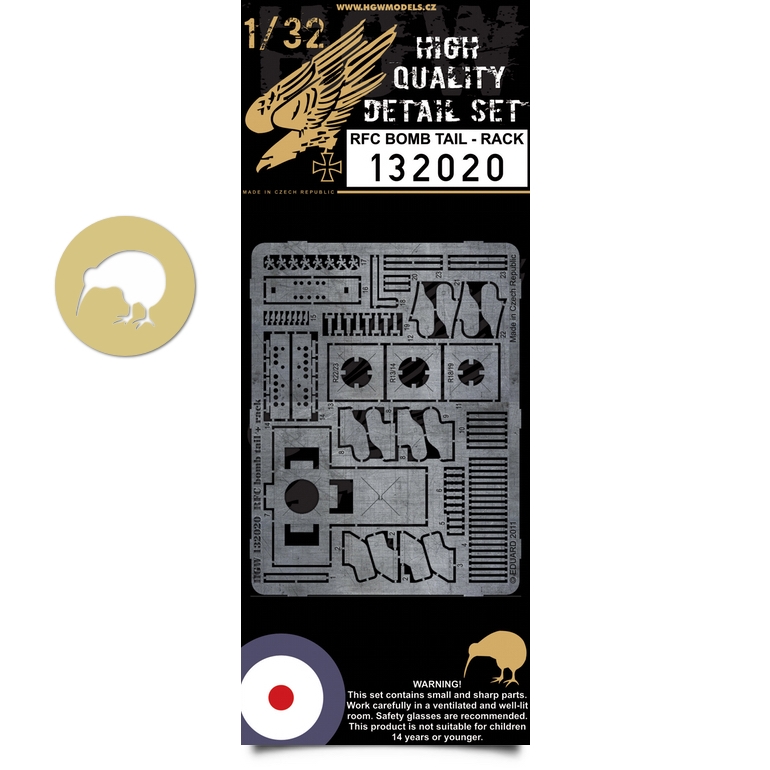Modely
Celkem 473 produktů
1/32 Fokker E.IV - Super Detail Set - Photo-etched Sets - Wingnut Wings. Highly detailed set suitable for Fokker E.IV by Wingnut Wings in 1/32 scale. Pack contains unique textile seatbelts made from real micro fibre; photo etched parts developed in cooperation with Eduard company and also masks for more comfortable painting. Fokker E.IV | Seatbelts | 132537 Fokker E.IV | Photo Etched Parts | 132115 Fokker E.IV | Engine (Oberursel U.III) PE Set | 132119 Fokker E.IV | Masks | 632023 HGW Decal | Tester Set is designed for vintage aircraft model from Wingnut Wings.
1/32 Fokker E.IV - Super Detail Set - Photo-etched Sets - Wingnut Wings. Highly detailed set suitable for Fokker E.IV by Wingnut Wings in 1/32 scale. Pack contains unique textile seatbelts made from real micro fibre; photo etched parts developed in cooperation with Eduard company and also masks for more comfortable painting. Fokker E.IV | Seatbelts | 132537 Fokker E.IV | Photo Etched Parts | 132115 Fokker E.IV | Engine (Oberursel U.III) PE Set | 132119 Fokker E.IV | Masks | 632023 HGW Decal | Tester Set is designed for vintage aircraft model from Wingnut Wings.
1/72 Chieftain Mk.10 + Mk.11 Combo. This is an injection-plastic military vehicle model kit.The Chieftain is a second-generation main battle tank developed in the United Kingdom after World War II. Development began in the 1950s with the goal of integrating the main tank, the Centurion, and is supporting heavy tank, the Conqueror. Mass production began in May 1963. Because the British Army was skeptical of the idea of improving mobility at the expense of armor defense, the Chieftain adopted heavy armor for occupant protection and the new L11 120mm tank gun as its main armament. The main gun was powerful enough to destroy Soviet-made tanks such as the T-55 and T-62 at a distance of up to 4,000 meters.This new kit from Takom features photo-etched parts and decals for 6 versions; link-and-length tracks and assembly jig are also included. Order yours today![Includes]: Photo-etched parts, decals for 6 versions
1/72 Chieftain Mk.10 + Mk.11 Combo. This is an injection-plastic military vehicle model kit.The Chieftain is a second-generation main battle tank developed in the United Kingdom after World War II. Development began in the 1950s with the goal of integrating the main tank, the Centurion, and is supporting heavy tank, the Conqueror. Mass production began in May 1963. Because the British Army was skeptical of the idea of improving mobility at the expense of armor defense, the Chieftain adopted heavy armor for occupant protection and the new L11 120mm tank gun as its main armament. The main gun was powerful enough to destroy Soviet-made tanks such as the T-55 and T-62 at a distance of up to 4,000 meters.This new kit from Takom features photo-etched parts and decals for 6 versions; link-and-length tracks and assembly jig are also included. Order yours today![Includes]: Photo-etched parts, decals for 6 versions
1/32 Albatros D.V / D.Va - Fabric Seat Belts - pre-cut (laser) Wingnut Wings. Textile seat belts designed for aircraft Albatros D.V / D.Va by Wingnut Wings. Belts are made from real microfibre and in combination with included photo etched buckles they look highly realistic. This product is available in 1/32 scale. HGW models SEATBELTS in 1:32 scale - this set is designed for Wingnut Wings kits textile sheeting, metallic buckles it is possible to make seat belts fully functional - un/buckle, un/fasten them made by special micro-textile foil set contains seat belts for 2 single-seater aeroplanes textile parts are prepared to using filters - it leads to darkening shades - and these are also waterproofedand resistant to normal nonaggresive modeller preparations photo-etched parts were developed in cooperation with Eduard company INSTRUCTIONS This set contains printed and photoetched parts. Choose appropriate shade of belt and trim on dotted line using very sharp knife. Trim to required length according to the type of seatbelt. Using fingers munch into little ball. Flatten out and thread through photoetched parts. Glue using white glue, do not use chemical glue that eches plastic. When applying, look at photos of cockpit of individual machines. After glued and shaped, paint with matt varnish.
1/32 RAF FE.2b - Fabric Seat Belts - 2 sets Wingnut Wings. Textile seat belts designed for aircraft RAF FE.2b by Wingnut Wings. Belts are made from real microfibre and in combination with included photo etched buckles they look highly realistic. This product is available in 1/32 scale. HGW models SEATBELTS in 1:32 scale - this set is designed for Wingnut Wings kits textile sheeting, metallic buckles it is possible to make seat belts fully functional - un/buckle, un/fasten them made by special micro-textile foil set contains seat belts for 2 single-seater aeroplanes textile parts are prepared to using filters - it leads to darkening shades - and these are also waterproofedand resistant to normal nonaggresive modeller preparations photo-etched parts were developed in cooperation with Eduard company INSTRUCTIONS This set contains printed and photoetched parts. Choose appropriate shade of belt and trim on dotted line using very sharp knife. Trim to required length according to the type of seatbelt. Using fingers munch into little ball. Flatten out and thread through photoetched parts. Glue using white glue, do not use chemical glue that eches plastic. When applying, look at photos of cockpit of individual machines. After glued and shaped, paint with matt varnish.
1/32 Gotha G.I / UWD - Fabric Seat Belts - pre-cut (laser) Wingnut Wings. Limited edition exclusive for Art Scale Textile seat belts designed for aircraft Albatros D.V / D.Va by Wingnut Wings. Belts are made from real microfibre and in combination with included photo etched buckles they look highly realistic. This product is available in 1/32 scale. HGW models SEATBELTS in 1:32 scale - this set is designed for Wingnut Wings kits textile sheeting, metallic buckles it is possible to make seat belts fully functional - un/buckle, un/fasten them made by special micro-textile foil set contains seat belts for 2 single-seater aeroplanes textile parts are prepared to using filters - it leads to darkening shades - and these are also waterproofedand resistant to normal nonaggresive modeller preparations photo-etched parts were developed in cooperation with Eduard company INSTRUCTIONS This set contains printed and photoetched parts. Choose appropriate shade of belt and trim on dotted line using very sharp knife. Trim to required length according to the type of seatbelt. Using fingers munch into little ball. Flatten out and thread through photoetched parts. Glue using white glue, do not use chemical glue that eches plastic. When applying, look at photos of cockpit of individual machines. After glued and shaped, paint with matt varnish.
1/32 Gotha G.I / UWD - Fabric Seat Belts - pre-cut (laser) Wingnut Wings. Limited edition exclusive for Art Scale Textile seat belts designed for aircraft Albatros D.V / D.Va by Wingnut Wings. Belts are made from real microfibre and in combination with included photo etched buckles they look highly realistic. This product is available in 1/32 scale. HGW models SEATBELTS in 1:32 scale - this set is designed for Wingnut Wings kits textile sheeting, metallic buckles it is possible to make seat belts fully functional - un/buckle, un/fasten them made by special micro-textile foil set contains seat belts for 2 single-seater aeroplanes textile parts are prepared to using filters - it leads to darkening shades - and these are also waterproofedand resistant to normal nonaggresive modeller preparations photo-etched parts were developed in cooperation with Eduard company INSTRUCTIONS This set contains printed and photoetched parts. Choose appropriate shade of belt and trim on dotted line using very sharp knife. Trim to required length according to the type of seatbelt. Using fingers munch into little ball. Flatten out and thread through photoetched parts. Glue using white glue, do not use chemical glue that eches plastic. When applying, look at photos of cockpit of individual machines. After glued and shaped, paint with matt varnish.
1/32 RAF FE.2b - Fabric Seat Belts - 2 sets Wingnut Wings. Textile seat belts designed for aircraft RAF FE.2b by Wingnut Wings. Belts are made from real microfibre and in combination with included photo etched buckles they look highly realistic. This product is available in 1/32 scale. HGW models SEATBELTS in 1:32 scale - this set is designed for Wingnut Wings kits textile sheeting, metallic buckles it is possible to make seat belts fully functional - un/buckle, un/fasten them made by special micro-textile foil set contains seat belts for 2 single-seater aeroplanes textile parts are prepared to using filters - it leads to darkening shades - and these are also waterproofedand resistant to normal nonaggresive modeller preparations photo-etched parts were developed in cooperation with Eduard company INSTRUCTIONS This set contains printed and photoetched parts. Choose appropriate shade of belt and trim on dotted line using very sharp knife. Trim to required length according to the type of seatbelt. Using fingers munch into little ball. Flatten out and thread through photoetched parts. Glue using white glue, do not use chemical glue that eches plastic. When applying, look at photos of cockpit of individual machines. After glued and shaped, paint with matt varnish.
1/32 Albatros D.V / D.Va - Fabric Seat Belts - pre-cut (laser) Wingnut Wings. Textile seat belts designed for aircraft Albatros D.V / D.Va by Wingnut Wings. Belts are made from real microfibre and in combination with included photo etched buckles they look highly realistic. This product is available in 1/32 scale. HGW models SEATBELTS in 1:32 scale - this set is designed for Wingnut Wings kits textile sheeting, metallic buckles it is possible to make seat belts fully functional - un/buckle, un/fasten them made by special micro-textile foil set contains seat belts for 2 single-seater aeroplanes textile parts are prepared to using filters - it leads to darkening shades - and these are also waterproofedand resistant to normal nonaggresive modeller preparations photo-etched parts were developed in cooperation with Eduard company INSTRUCTIONS This set contains printed and photoetched parts. Choose appropriate shade of belt and trim on dotted line using very sharp knife. Trim to required length according to the type of seatbelt. Using fingers munch into little ball. Flatten out and thread through photoetched parts. Glue using white glue, do not use chemical glue that eches plastic. When applying, look at photos of cockpit of individual machines. After glued and shaped, paint with matt varnish.
Plastikový model letadla 1/72 Avro Rota C.30A 4 decal v. for Czeczslovak.,RAF, Yugoslavia, Australia. The first production design in the series was the C.30, a radial-engined autogyro with a three-blade, 37 ft (11.3 m) rotor mounted on an aft-leaning tripod, the control column extending into the rear of the two cockpits. The engine was the five-cylinder, 105 hp (78 kW) Armstrong Siddeley Genet Major I used in the C.19 series. The fabric-covered fuselage carried an unbraced tailplane, without elevators but with turned-up tips. The port side of the tailplane had an inverted aerofoil section to counter roll-axis torque produced by the propeller. As with most autogyros, a high vertical tail was precluded by the sagging resting rotor, so the dorsal fin was long and low, extending well aft of the tailplane like a fixed rudder and augmented by a ventral fin. The wide-track undercarriage had a pair of single, wire-braced legs and a small tail wheel was fitted. This model flew in April 1933. It was followed by four improved machines designated C.30P (P here for pre-production) which differed in having a four-legged pyramid rotor mounting and a reinforced undercarriage with three struts per side. The rotor could be folded rearwards for transport. The C.30P used the more powerful (140 hp, 104 kW) seven-cylinder Armstrong Siddeley Genet Major IA radial engine.
Plastikový model letadla 1/72 Avro Rota C.30A 4 decal v. for Czeczslovak.,RAF, Yugoslavia, Australia. The first production design in the series was the C.30, a radial-engined autogyro with a three-blade, 37 ft (11.3 m) rotor mounted on an aft-leaning tripod, the control column extending into the rear of the two cockpits. The engine was the five-cylinder, 105 hp (78 kW) Armstrong Siddeley Genet Major I used in the C.19 series. The fabric-covered fuselage carried an unbraced tailplane, without elevators but with turned-up tips. The port side of the tailplane had an inverted aerofoil section to counter roll-axis torque produced by the propeller. As with most autogyros, a high vertical tail was precluded by the sagging resting rotor, so the dorsal fin was long and low, extending well aft of the tailplane like a fixed rudder and augmented by a ventral fin. The wide-track undercarriage had a pair of single, wire-braced legs and a small tail wheel was fitted. This model flew in April 1933. It was followed by four improved machines designated C.30P (P here for pre-production) which differed in having a four-legged pyramid rotor mounting and a reinforced undercarriage with three struts per side. The rotor could be folded rearwards for transport. The C.30P used the more powerful (140 hp, 104 kW) seven-cylinder Armstrong Siddeley Genet Major IA radial engine.
Plastikový model letadla 1/72 Boston MK.III Intruder. Model of the US WW2 two-engined aircraft in a version used by the British in the night fighter and intruder roles. The kit consists of seven styrene sprues which feature also the underbelly machine gun pod for the Intruder machines and the Havoc Mk.II night fighter style nose section, one clear styrene sprue, decal sheet, resin parts and photo etches. this version has never been kitted before decals cater for four marking schemes, two Intruders and two Havoc Mk.III‘s photo etched antenna array parts finely detailed Hedgehog style exhausts Country of origin: UK / WWII
Plastikový model letadla 1/72 Boston MK.III Intruder. Model of the US WW2 two-engined aircraft in a version used by the British in the night fighter and intruder roles. The kit consists of seven styrene sprues which feature also the underbelly machine gun pod for the Intruder machines and the Havoc Mk.II night fighter style nose section, one clear styrene sprue, decal sheet, resin parts and photo etches. this version has never been kitted before decals cater for four marking schemes, two Intruders and two Havoc Mk.III‘s photo etched antenna array parts finely detailed Hedgehog style exhausts Country of origin: UK / WWII
1/35 EXPERIMENTAL GUN TANK TYPE 5 (HO-RI II). This is an injection-plastic military vehicle model kit. The Experimental Gun Tank Type 5 (Ho-Ri II) was designed but never prototyped. Like the Ho-Ri I, it uses the body of the Type 5 Medium Tank Chi-Ri, and an aircraft gasoline engine (water-cooloed V-type 12-cylinder) was used rather than the traditional diesel engine. The Ho-Ri II also differs from the Ho-Ri 1 in its center-located battle chamber, and its vertical armor. In addition to its other armaments, it carries a pair of 20mm high-firing anti-aircraft cannon at the rear, with a ranging gun on the cupola. Order this tank for your own collection today!
1/35 Panzer IV Ausf. H early. Rye Field Model brings us the definitive model kit of the IV Tank H Type! This was the final development of the IV tank. Production began in April 1943, and by July 1944, 3,774 vehicles were produced -- the highest number in the IV series.The crawler tracks are assembled and movable; the Maybach HL120TRM engine is precisely reproduced around the breech. The suspension is movable too, and the starter wheels, guide wheels, and rolling wheels can all rotate after assembly thanks to polycaps. Photo-etched parts are included for Schulzen and additional anti-aircraft armor, as are decals for three versions. [Includes]: Photo-etched parts, decals for 3 versions
1/35 EXPERIMENTAL GUN TANK TYPE 5 (HO-RI II). This is an injection-plastic military vehicle model kit. The Experimental Gun Tank Type 5 (Ho-Ri II) was designed but never prototyped. Like the Ho-Ri I, it uses the body of the Type 5 Medium Tank Chi-Ri, and an aircraft gasoline engine (water-cooloed V-type 12-cylinder) was used rather than the traditional diesel engine. The Ho-Ri II also differs from the Ho-Ri 1 in its center-located battle chamber, and its vertical armor. In addition to its other armaments, it carries a pair of 20mm high-firing anti-aircraft cannon at the rear, with a ranging gun on the cupola. Order this tank for your own collection today!
1/35 Panzer IV Ausf. H early. Rye Field Model brings us the definitive model kit of the IV Tank H Type! This was the final development of the IV tank. Production began in April 1943, and by July 1944, 3,774 vehicles were produced -- the highest number in the IV series.The crawler tracks are assembled and movable; the Maybach HL120TRM engine is precisely reproduced around the breech. The suspension is movable too, and the starter wheels, guide wheels, and rolling wheels can all rotate after assembly thanks to polycaps. Photo-etched parts are included for Schulzen and additional anti-aircraft armor, as are decals for three versions. [Includes]: Photo-etched parts, decals for 3 versions
